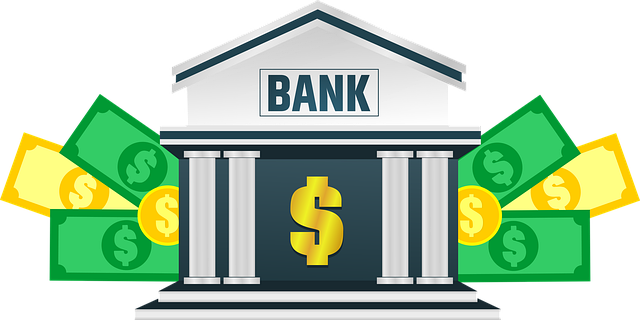Equipment financing plans offer startups and SMEs a strategic way to access advanced tools and equipment without heavy upfront costs, driving growth, enhancing operations, and fostering innovation. Equipment loans structured over defined periods allow businesses to invest in cutting-edge technology while managing cash flow effectively. This flexible model enables organizations to return or upgrade equipment at the end of the term, contributing to long-term success and profitability. To secure a loan, define needs, explore financing options, prepare collateral and financial statements, and understand terms and conditions thoroughly.
Access advanced tools and boost your productivity with equipment financing plans. In today’s competitive landscape, acquiring state-of-the-art equipment is crucial for businesses and entrepreneurs looking to stay ahead. Understanding equipment financing options opens doors to essential resources, enabling ventures to secure the necessary capital for equipment acquisition without straining cash flow. This article explores the benefits of equipment loans, guides you through the process, and presents compelling case studies from various industries.
- Understanding Equipment Financing Plans: Unlocking Access to Advanced Tools
- Benefits of Equipment Loans for Businesses and Entrepreneurs
- Navigating the Process: How to Secure Equipment Acquisition Finance
- Case Studies: Successful Implementation of Equipment Financing in Various Industries
Understanding Equipment Financing Plans: Unlocking Access to Advanced Tools

Equipment financing plans offer a strategic way for businesses to access advanced tools and equipment without the hefty upfront costs. This alternative approach to equipment acquisition allows companies, especially startups and small-to-medium enterprises (SMEs), to secure the resources they need to enhance their operations, increase productivity, and gain a competitive edge in the market. By leveraging equipment loans, businesses can invest in cutting-edge technology, specialized machinery, or software solutions that drive innovation and growth.
Through these financing plans, companies enter into an agreement with a lender who provides funds for purchasing specific equipment. The loan is typically structured over a defined period, during which regular payments are made. At the end of the term, the business either pays off the loan in full or has the option to return the equipment, renew the lease, or upgrade to newer models. This flexible financing model empowers organizations to manage cash flow effectively while gaining access to high-quality tools and resources that contribute to long-term success and profitability.
Benefits of Equipment Loans for Businesses and Entrepreneurs

For businesses and entrepreneurs, securing funding for essential equipment can be a game-changer. Equipment loans offer a practical solution to bridge the gap between acquiring high-value assets and maintaining cash flow. By opting for finance equipment, businesses gain access to cutting-edge technology and tools, enabling them to enhance productivity, stay competitive, and adapt to market demands. This is particularly beneficial for startups or small enterprises with limited capital, as it allows them to invest in machinery or software without sacrificing other operational expenses.
Equipment acquisition through loans provides several advantages. It offers flexibility in terms of repayment, allowing businesses to distribute costs over time. Additionally, these loans often come with lower interest rates compared to traditional business loans, making the investment more financially accessible. Entrepreneurs can focus on growing their operations and achieving long-term goals without the immediate burden of full equipment purchase pricing.
Navigating the Process: How to Secure Equipment Acquisition Finance

Navigating the process of securing equipment acquisition finance is a crucial step in accessing advanced tools and expanding your operations. The first step is to define your needs; understand what type of equipment you require, its purpose, and the expected lifespan. This information is vital when applying for equipment loans since lenders will assess the value and potential return on investment.
Once your requirements are clear, explore various financing options. Lenders offer different types of equipment financing plans, including loans, leases, or rental agreements tailored to meet specific needs. Compare interest rates, repayment terms, and any additional fees associated with each option. Securing a loan might involve providing collateral, demonstrating business stability through financial statements, and offering a detailed proposal for the intended use of funds. Ensure you understand the terms and conditions before committing to any agreement.
Case Studies: Successful Implementation of Equipment Financing in Various Industries

In today’s fast-paced business landscape, staying competitive often hinges on access to advanced tools and machinery. Equipment financing plans have emerged as a game-changer for many industries, providing a flexible and affordable solution for equipment acquisition. Case studies from various sectors illustrate the successful implementation of equipment loans.
For instance, manufacturing companies have leveraged finance equipment to update their production lines with the latest technology, enhancing efficiency and productivity. Similarly, healthcare providers have utilized equipment financing to acquire cutting-edge medical devices, improving patient care and outcomes. In agriculture, farmers have benefited from equipment loans to invest in modern machinery, increasing crop yields and farm profitability. These real-world examples demonstrate how equipment financing can drive growth, improve operations, and foster innovation across diverse industries.






